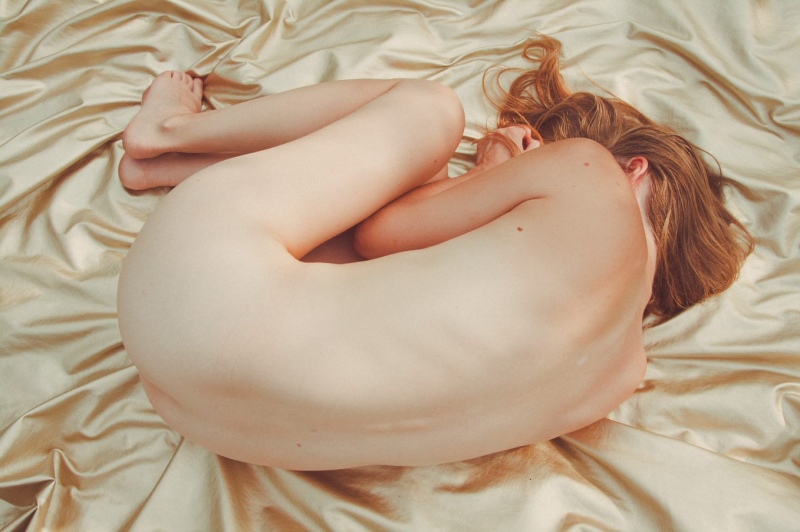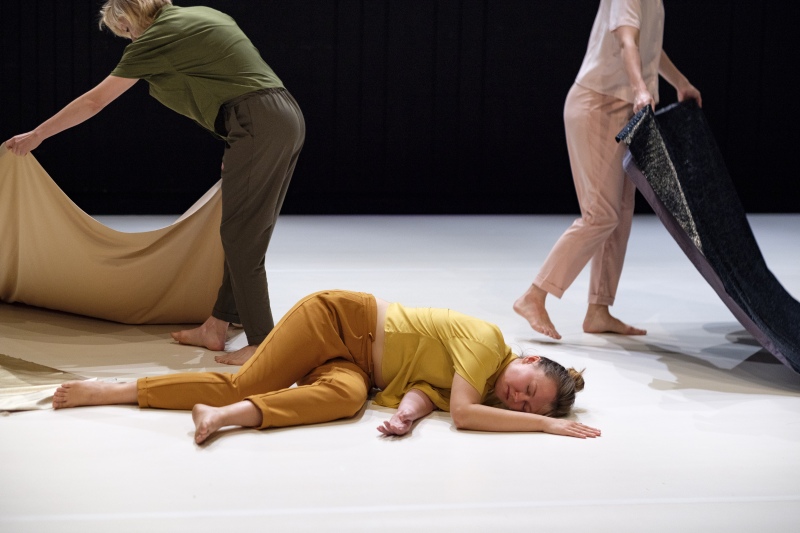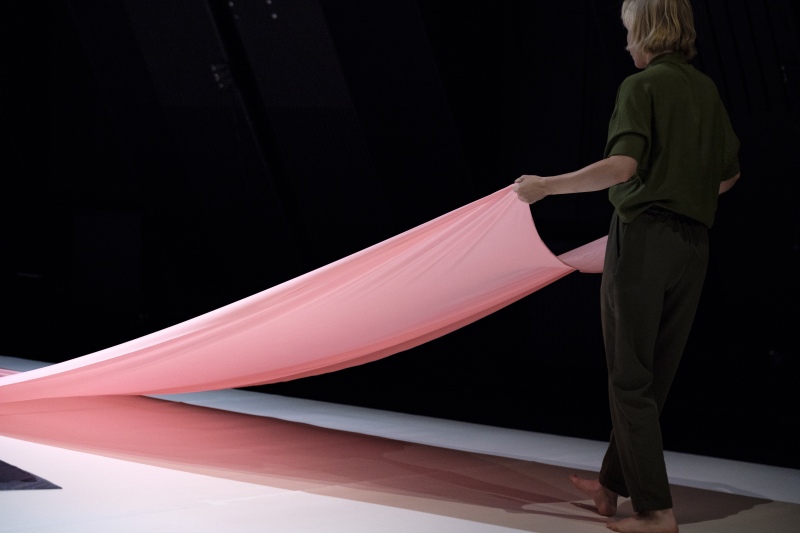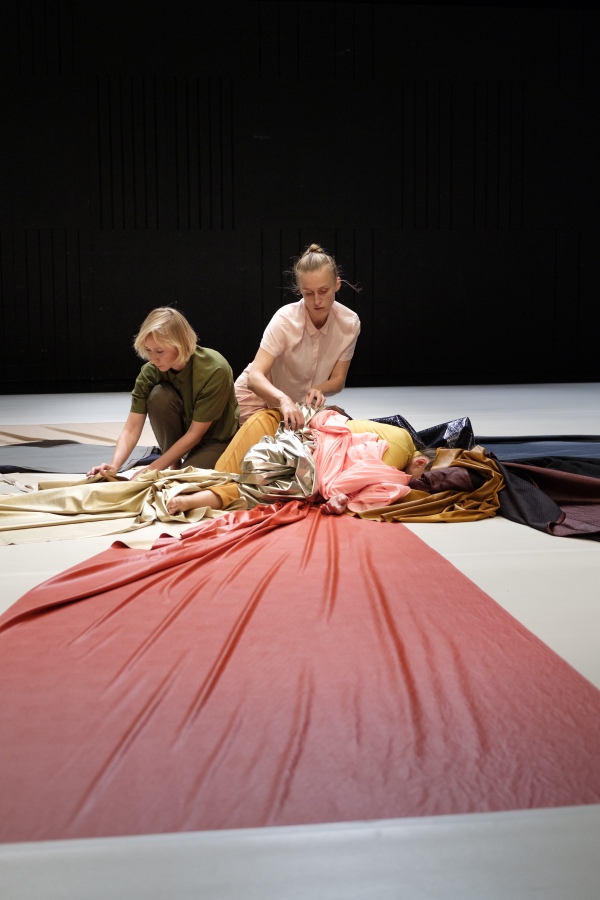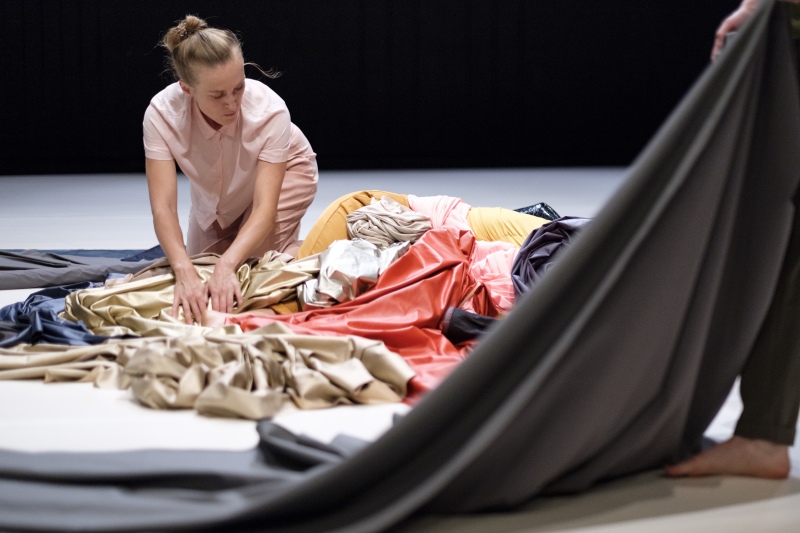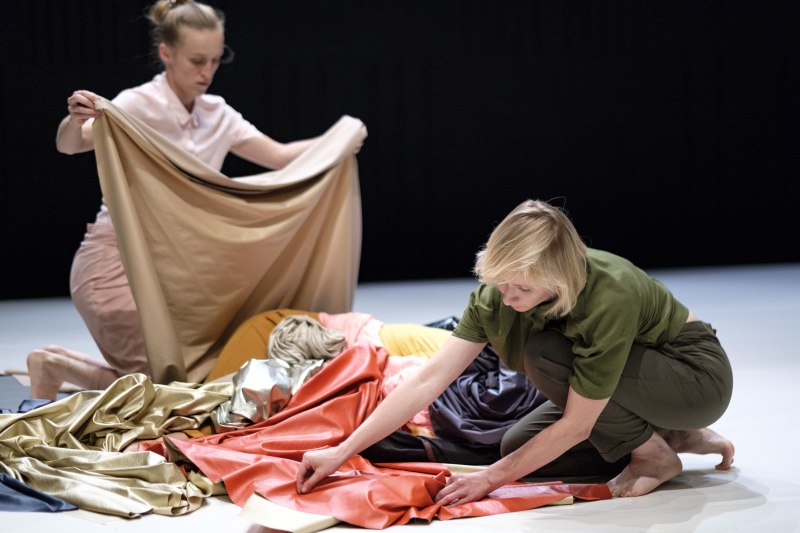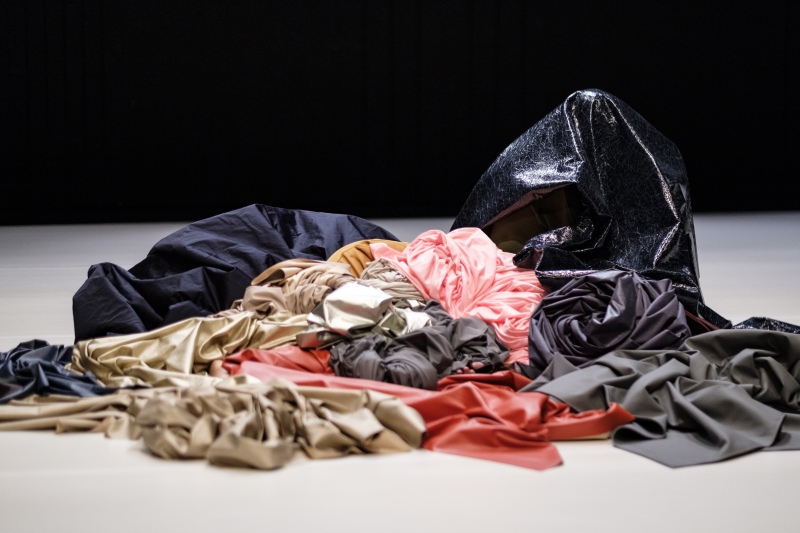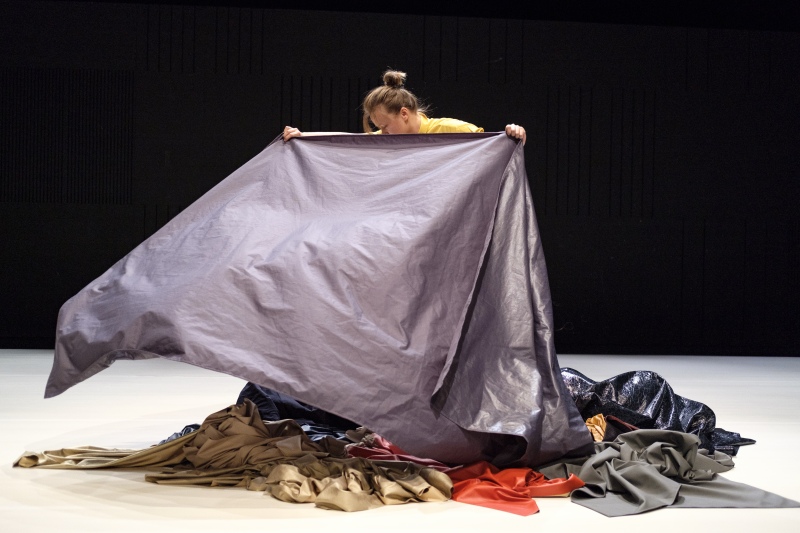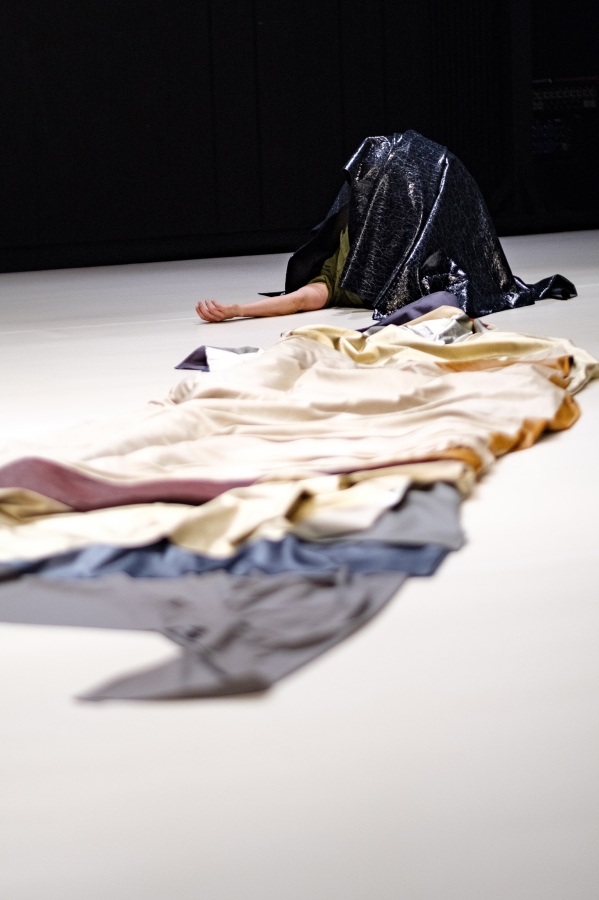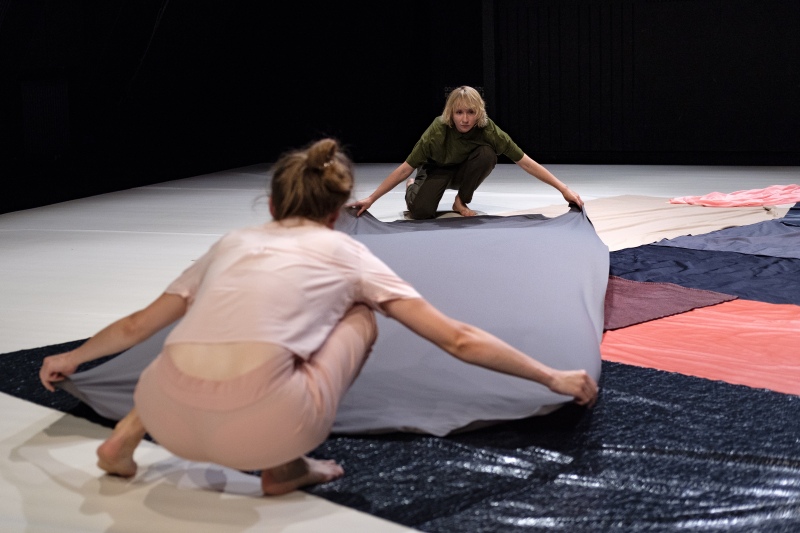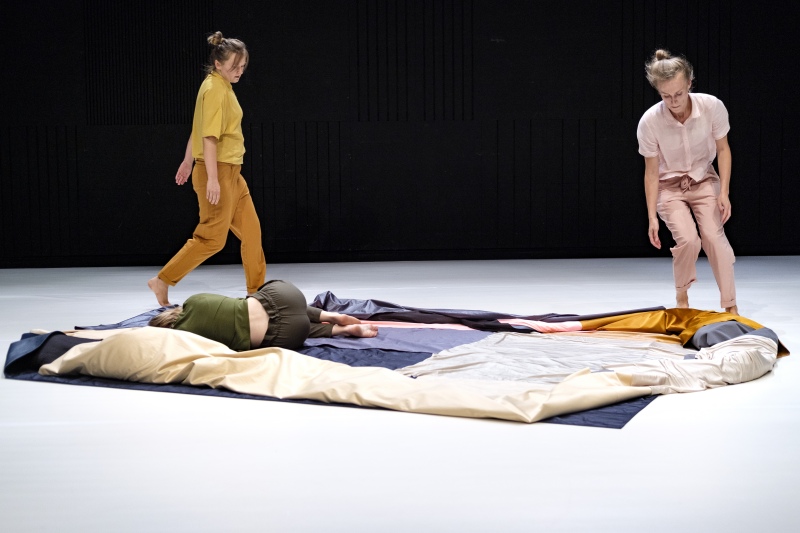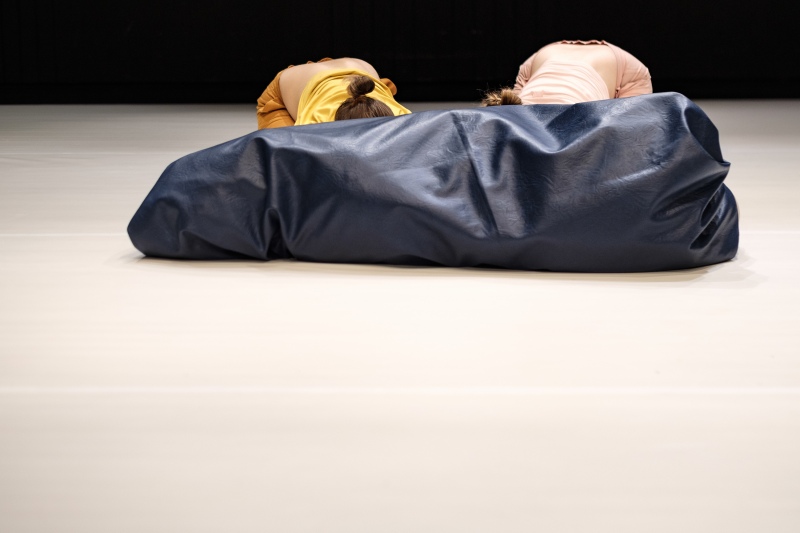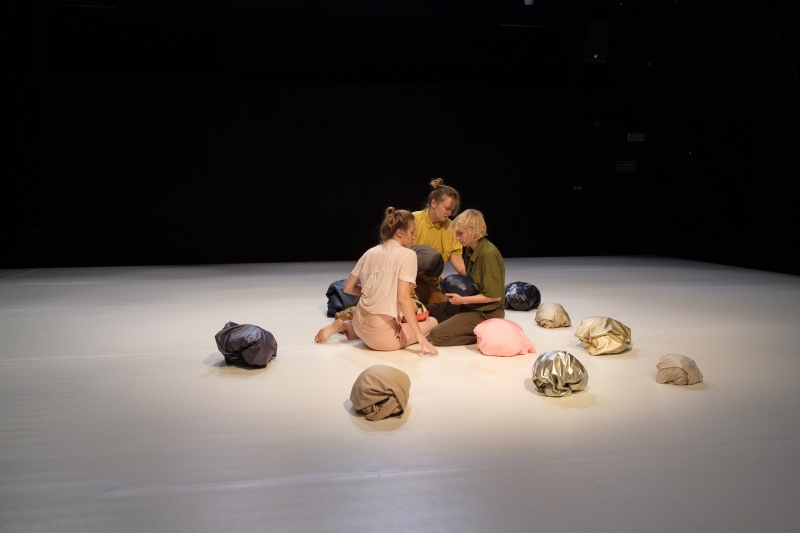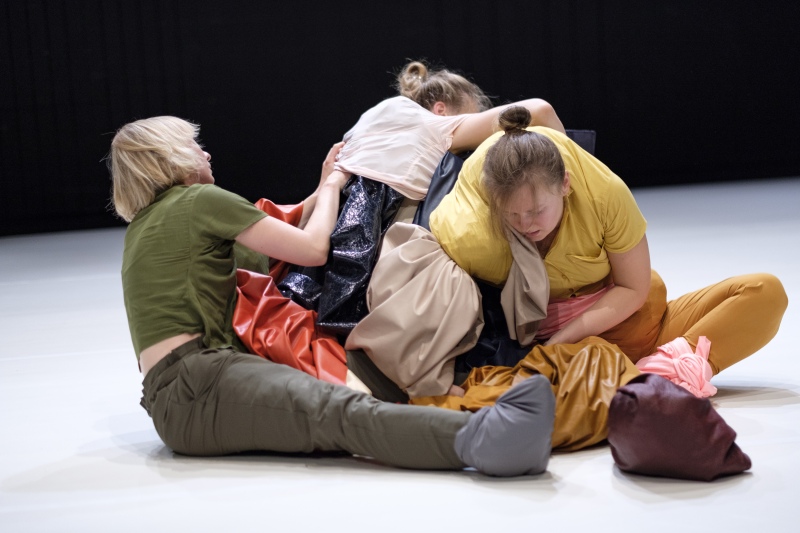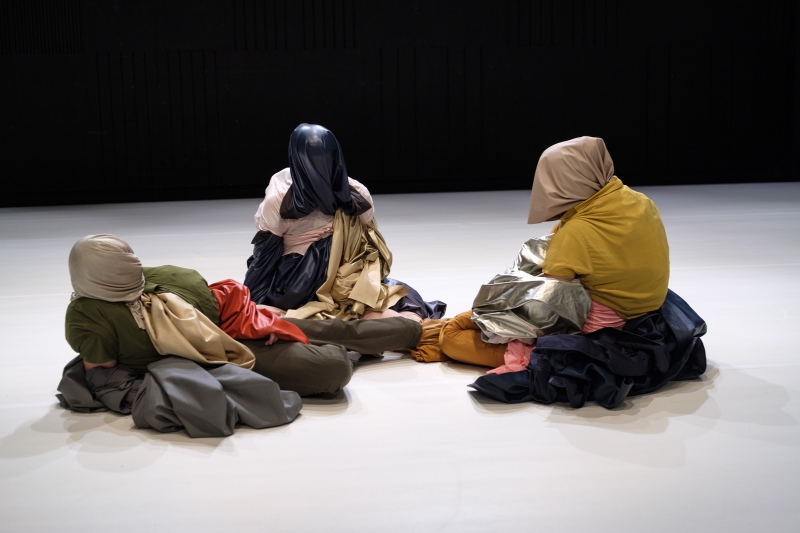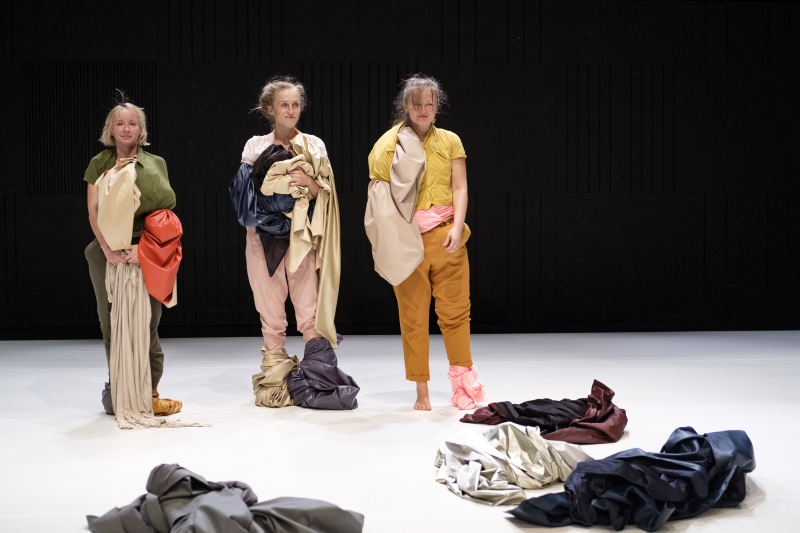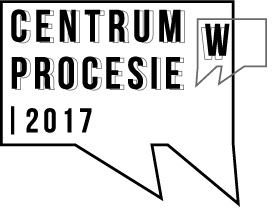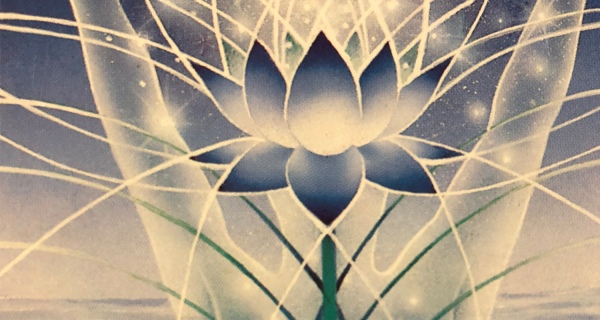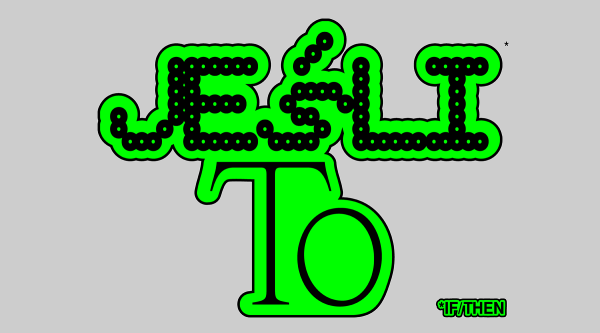Magda Ptasznik
Uncannings - premiere
- In Uncannings, the body is in the centre. Seemingly motionless, however, it consists of continuous movements of development and decay. Around it, there are layers of material blurring the form. They blend with the surface of the skin, creating undulating landscapes. Slow movements, overlapping successive sheets of materials, become the residue that testifies to the action.
- The sheets, their surfaces and the lines drawn by the edge of the material, curl up and open afresh. They envelop the body, creating cracks, pockets, caves, and depressions. The body’s shape is recast before the viewers’ eyes. The body becomes part of an organism governed by a time slower time than human time, and within it the boundaries between what is human and non-human are blurred.
- In Uncannings, things happen on a horizontal level. Here, the body doesn’t exist against a theatrical background, but in relation to the ground. Attention is transferred to materiality and the body is arranged in its context. This horizontal art is working against a two-dimensional surface. It creates and exposes layers, cracks, operates via horizontal movements and landscapes, as well as distorts that which is flat. By changing the order, we remove the perception of the body as a figure, a carrier of representation or a symbol commonly belonging to the luminous stage of theatre or ballet.
- We abandon the cartographer’s gesture—determining a territory, categorizing, allotting borders. A stable observation point is put into motion. We are interested in the plasticity of borders. By entering into contact with materiality, we are constantly changing the perspective. The imagination fishes out new shapes from each sequential layer. Its fragments crystallize in action.
- The geological perspective is not only a metaphor for grasping the human condition, but it constitutes a form of speculation. It allows for the stratification of seemingly intact body matter, for the slowing down of movement to a seismic velocity, and for the creation of a performance that is only a short fragment of the transforming existence.
- Cover photo: Magdalena Ptasznik Uncannings, photo by Aleksandra Osowicz
